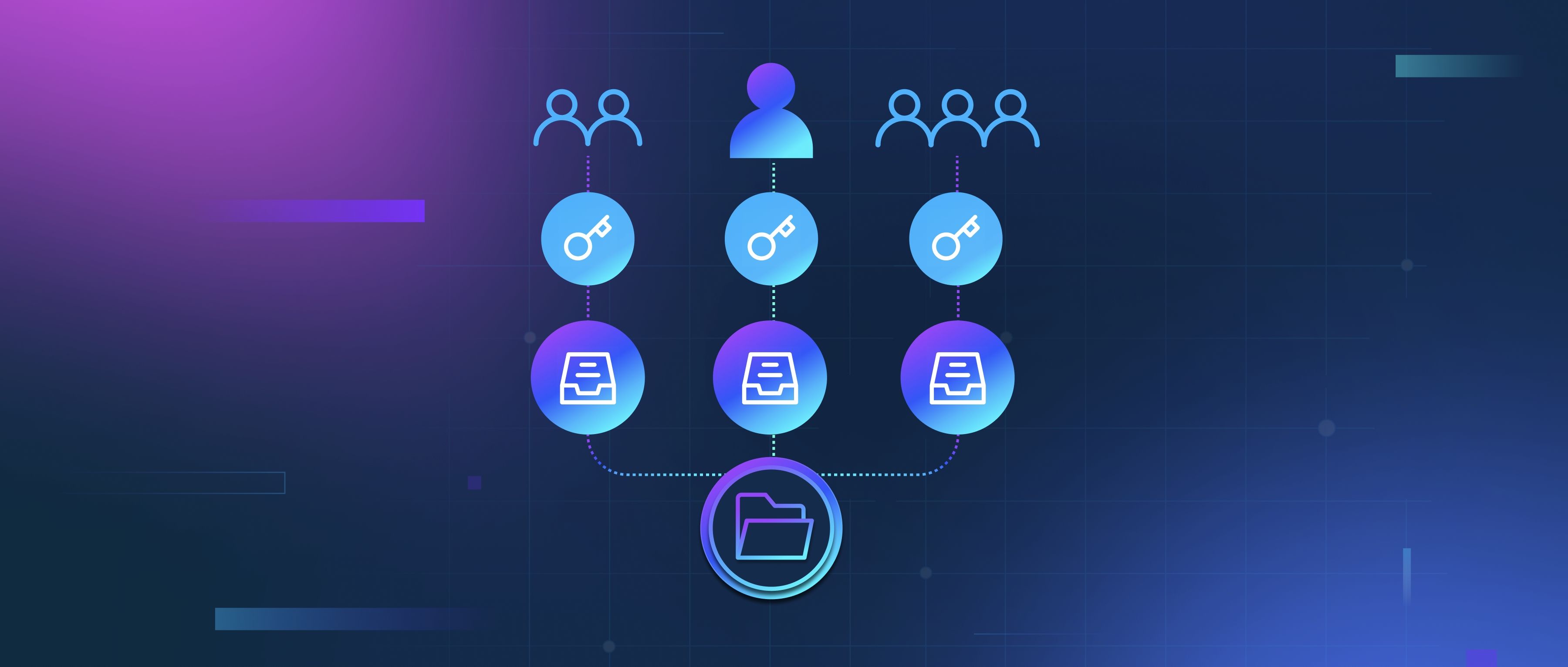To build a real-time recommender system, the first step is to choose your data source and define the recommendation criteria. You’ll need access to user data, such as their browsing history, previous purchases, or interactions with items, as this will form the backbone of your system. For building your dataset, consider using a combination of explicit feedback (ratings, likes) and implicit feedback (clicks, time spent on items). It’s also important to set a clear objective for your recommendation system, such as increasing user engagement or boosting sales.
Next, you’ll want to select an appropriate model for generating recommendations. Common methods include collaborative filtering, content-based filtering, or hybrid approaches that combine both. Collaborative filtering evaluates user similarities to suggest items, while content-based filtering recommends items similar to ones the user has already engaged with. Frameworks like TensorFlow, PyTorch, or libraries like Surprise can help you implement these machine learning models. You can also consider using pre-trained models or services, such as the Amazon Personalize service, which can simplify the setup process, making it easier to focus on integrating the system with your application.
Finally, implementing the system means ensuring that it can provide recommendations in real time. This typically involves setting up a data pipeline that continuously ingests and processes new data. Utilizing tools like Apache Kafka or Redis can facilitate high-speed data handling. You'll need to decide how often to update recommendations—whether it’s after every user action or at set intervals. Testing the system is crucial; implement A/B tests to evaluate the effectiveness of different recommendation strategies and to refine them over time based on user feedback. By following these steps, you can create a robust real-time recommender system tailored to your users' preferences.
